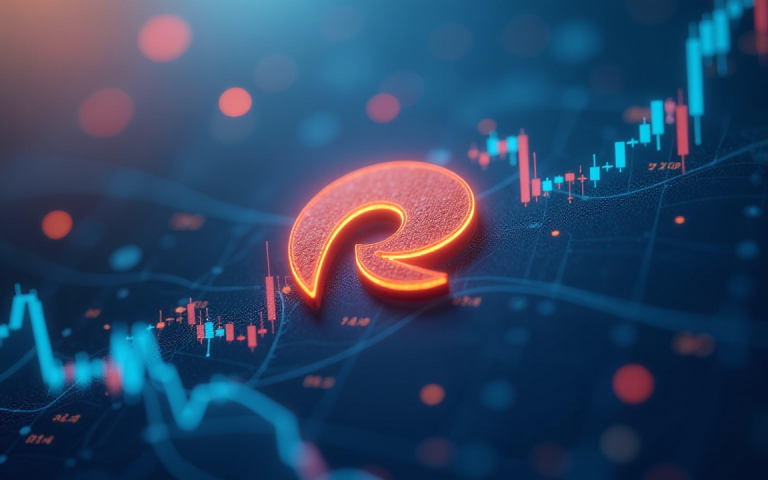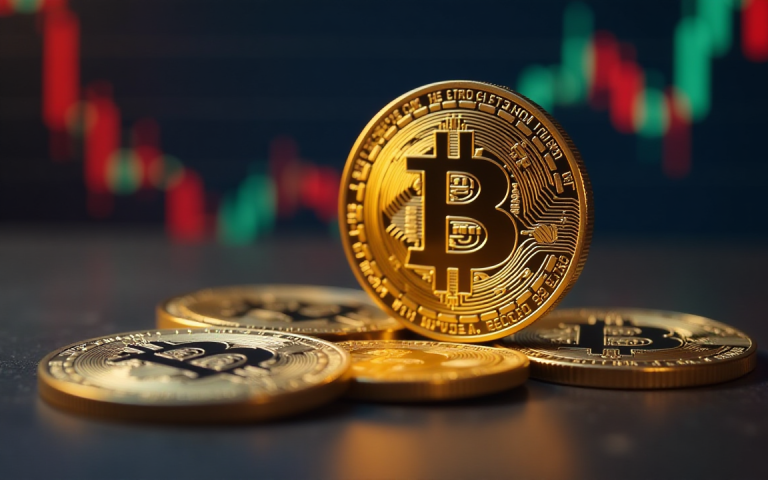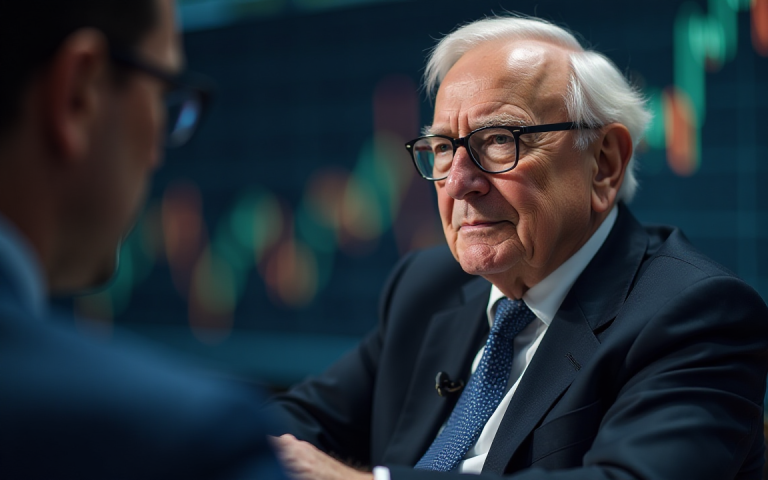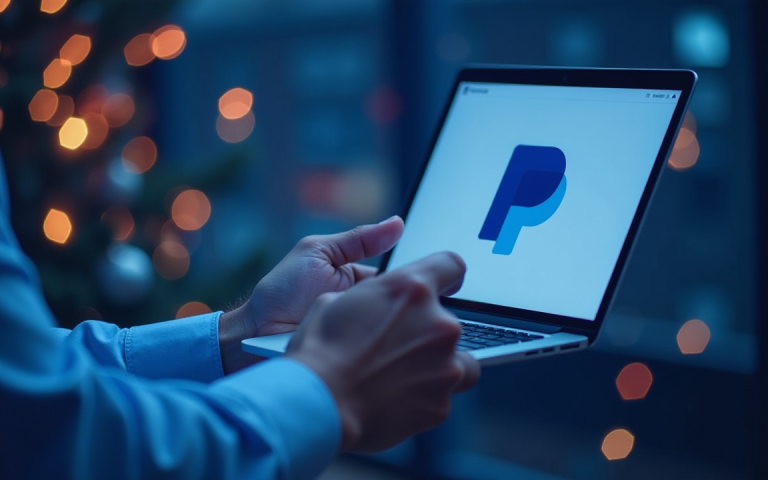Shares of Reliance Industries Ltd. rose 4% on Monday to touch a five-month high of ₹1,353 apiece, as investors reacted positively to the company’s March quarter results and a flurry of target price hikes from brokerages.
The stock movement reinforced Reliance’s position as the country’s most valuable company by market capitalisation.
The Mukesh Ambani-led conglomerate reported a consolidated net profit of ₹22,434 crore for the January–March quarter (Q4FY24), up 6% from ₹21,143 crore a year ago and well above the ₹18,471.4 crore consensus estimate of analysts polled by Bloomberg.
While the company’s core oil-to-chemicals (O2C) segment faced headwinds, growth in its retail and telecom businesses drove overall earnings higher.
Retail and telecom arms deliver strong performance
The performance of Reliance’s consumer-facing segments was a key highlight of the quarter.
Retail revenue and EBITDA grew 16% year-on-year, providing a strong boost to the consolidated results.
Jio, the company’s telecom arm, continued to contribute significantly to the group’s earnings before interest and tax (EBIT), further stabilising Reliance’s diversified portfolio.
Brokerages responded by reaffirming their positive stance on the stock.
According to LSEG data, the average rating from 32 brokerages remains a “Buy,” with the median target price at ₹1,550, reflecting continued confidence in Reliance’s long-term growth story.
Japanese brokerage Nomura reiterated its “Buy” rating on Reliance Industries and raised its target price to ₹1,650, citing robust performance across segments.
It identified three key near-term catalysts for the stock: the expansion of the new energy business, expected tariff hikes at Jio, and the potential initial public offering or listing of Jio, which it said could unlock significant value for the company.
Valuations seen as attractive amid strong future prospects
JP Morgan maintained its “Overweight” rating with a target price of ₹1,530, citing the acceleration in retail growth as a key factor.
Morgan Stanley echoed the optimism, raising its target price to ₹1,606 and noting that Reliance exceeded operational and earnings expectations, particularly in the retail and O2C businesses.
Brokerages noted that the stock’s valuations remain favourable following a roughly 11% decline over the past 12 months, making it attractive for investors.
Domestic brokerage Nuvama Institutional Equities set the highest target price at ₹1,708, underlining that Reliance’s Q4 EBITDA of ₹48,737 crore surpassed expectations across all major segments.
Macquarie retained its “Outperform” rating with a target price of ₹1,500, stating that Jio remained a major driver of group earnings and that retail saw notable improvement in growth momentum through the fiscal year.
Emkay Global Financial Services described the Q4 results as a “steady show,” highlighting 14% year-on-year growth in retail core profit as particularly healthy.
ICICI Securities raised its target price to ₹1,470, pointing to greater clarity around petrochemical expansions, a visible recovery in retail momentum, and progress in the company’s new energy initiatives.
Systematix also raised its target to ₹1,541, expecting a stock re-rating based on advances in the solar energy business and potential value unlocking from the planned listing of Reliance’s retail and telecom businesses.
Antique Stock Broking increased its target price to ₹1,485, forecasting a stronger retail segment post-restructuring and a resilient telecom outlook.
According to LSEG data, the average rating from 32 brokerages remains a “Buy,” with the median target price at ₹1,550, reflecting continued confidence in Reliance’s long-term growth story.
The post Reliance share price: analysts raise targets on strong Q4, highlight Jio IPO as value unlock appeared first on Invezz










